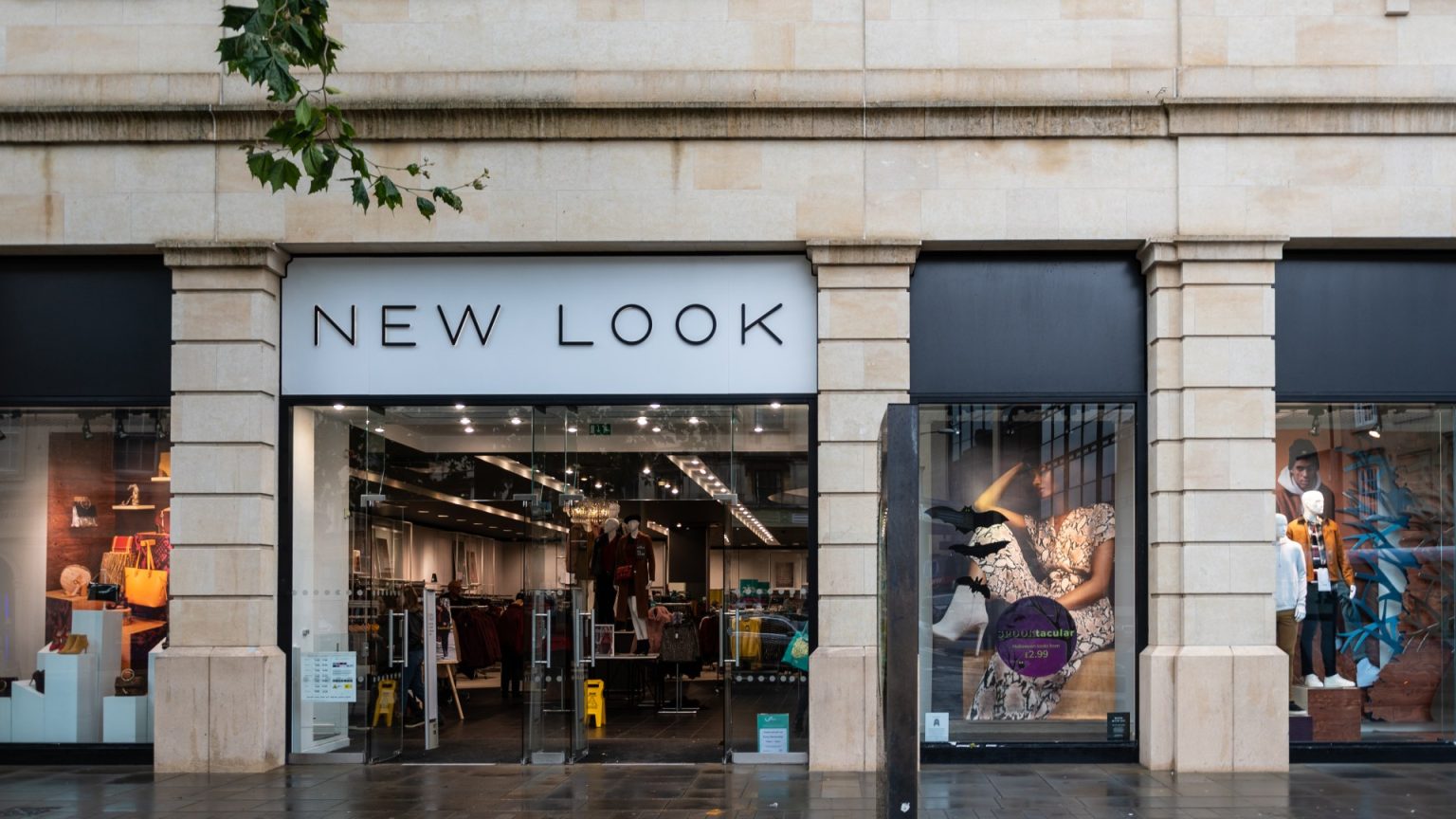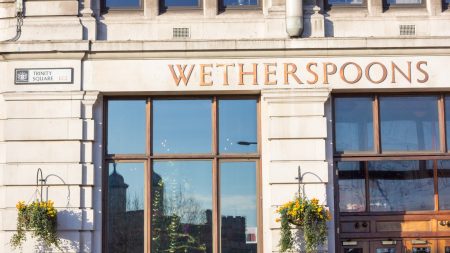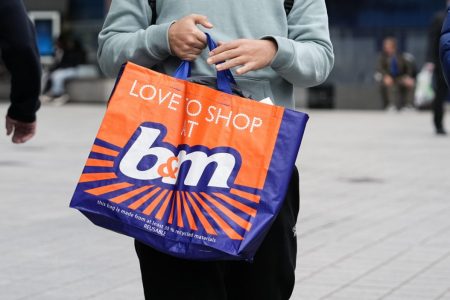New Look’s Wickford Closure Signals Wider Retail Sector Struggles
New Look’s impending closure of its Wickford branch, set for January 24th, serves as a microcosm of the broader challenges facing the UK retail sector. While the company cites the landlord’s request as the reason for this particular closure, it comes amidst a planned downsizing of approximately a quarter of its 364 stores, highlighting the pressures retailers face in a rapidly evolving landscape. This isn’t an isolated incident for New Look; several other branches have recently shuttered, including locations in Swindon, Gillingham, Perth, and Leigh. This trend reflects a wider retail apocalypse gripping the UK high street, driven by a confluence of factors including the rise of online shopping, the lingering impacts of the pandemic, and the current cost-of-living crisis.
The planned store closures are partially attributed to the upcoming increase in National Insurance contributions, a move expected to cost the retail sector £2.3 billion, according to the British Retail Consortium (BRC). This added financial burden comes at a precarious time for retailers already grappling with shrinking margins and increased operating costs. The hike in National Insurance, coupled with a lowered threshold for contributions, will significantly impact businesses, potentially forcing them to raise prices to offset the increased expenses. This, in turn, could further exacerbate the cost-of-living crisis for consumers, creating a vicious cycle for both businesses and shoppers. Several prominent retailers, including Next, Greggs, Halfords, and Sainsbury’s, have already warned of potential price hikes to mitigate the impact of the increased NICs.
The retail sector has been grappling with a "permacrisis" since the 2008 financial downturn, a term coined by the Centre for Retail Research. This enduring state of instability is fueled by multiple factors. The rise of e-commerce has fundamentally altered consumer behavior, shifting purchasing power online and leading to decreased footfall in physical stores. The COVID-19 pandemic further accelerated this trend, forcing temporary closures and accelerating the adoption of online shopping. Simultaneously, the cost-of-living crisis has squeezed household budgets, impacting consumer spending and further pressuring retailers. This confluence of factors has created a perfect storm for the high street, leading to widespread store closures and business failures.
The current landscape paints a bleak picture for the future of brick-and-mortar retail. The Centre for Retail Research predicts the closure of around 17,350 retail sites in 2025, with the majority being smaller, independent businesses. These smaller retailers, often the lifeblood of local communities, are particularly vulnerable to the prevailing economic headwinds. They lack the scale and resources of larger chains to absorb rising costs and compete effectively in the digital marketplace. The increasing prevalence of empty storefronts serves as a stark visual reminder of the challenges facing town centres across the UK. The closure of anchor stores often triggers a domino effect, leading to decreased footfall and further closures, creating a downward spiral for local economies.
The dynamics of retail spaces are also undergoing a significant shift. Retail parks are gaining popularity among shoppers due to their convenient, free parking, while town centres struggle with high parking charges imposed by local councils. This shift in consumer preference has led retailers like Next and Marks & Spencer to relocate from high streets to larger stores in retail parks, seeking to capitalize on higher foot traffic and improved accessibility. The success of such relocations, as evidenced by Marks & Spencer’s 103% sales increase after relocating a store to a retail park, underscores the changing dynamics of the retail landscape. The ongoing trend of store closures, coupled with the rise of online shopping and the increasing popularity of retail parks, poses significant challenges for the future of the traditional high street.
While the prevailing narrative is one of decline, there are glimmers of hope within the sector. Discount retailers like B&M, Aldi, and Lidl have announced plans to open hundreds of new branches, catering to the growing demand for value-driven shopping amidst the cost-of-living crisis. This expansion demonstrates the resilience and adaptability of the retail sector, even in challenging times. However, the overall trend points towards a continued contraction of the traditional retail landscape. As online shopping continues to grow and consumer preferences evolve, retailers must adapt and innovate to survive. The future of the high street hinges on the ability of businesses to embrace new technologies, offer unique experiences, and cater to the changing needs of consumers.











